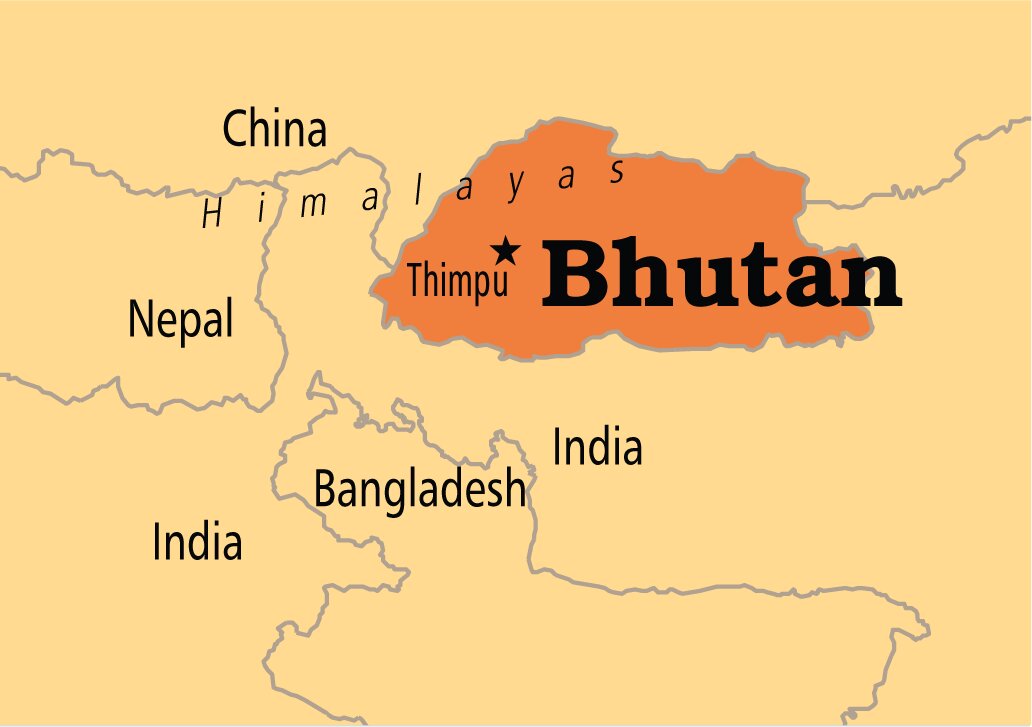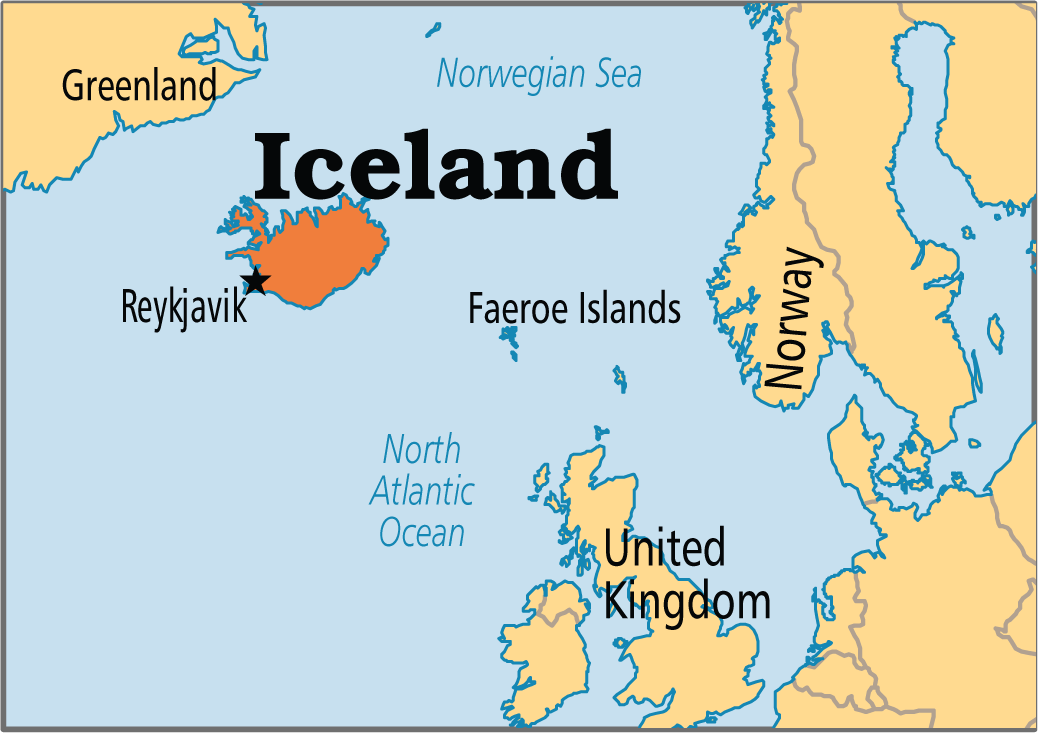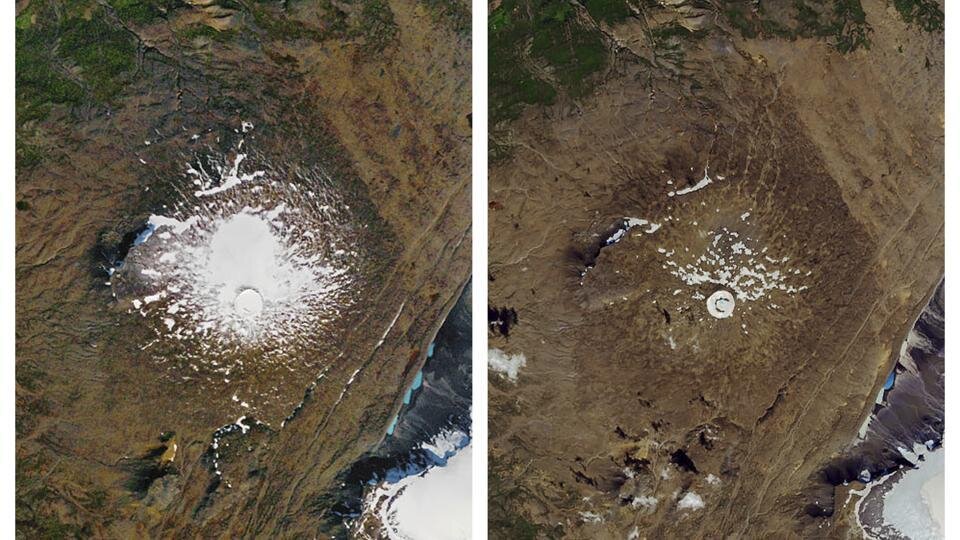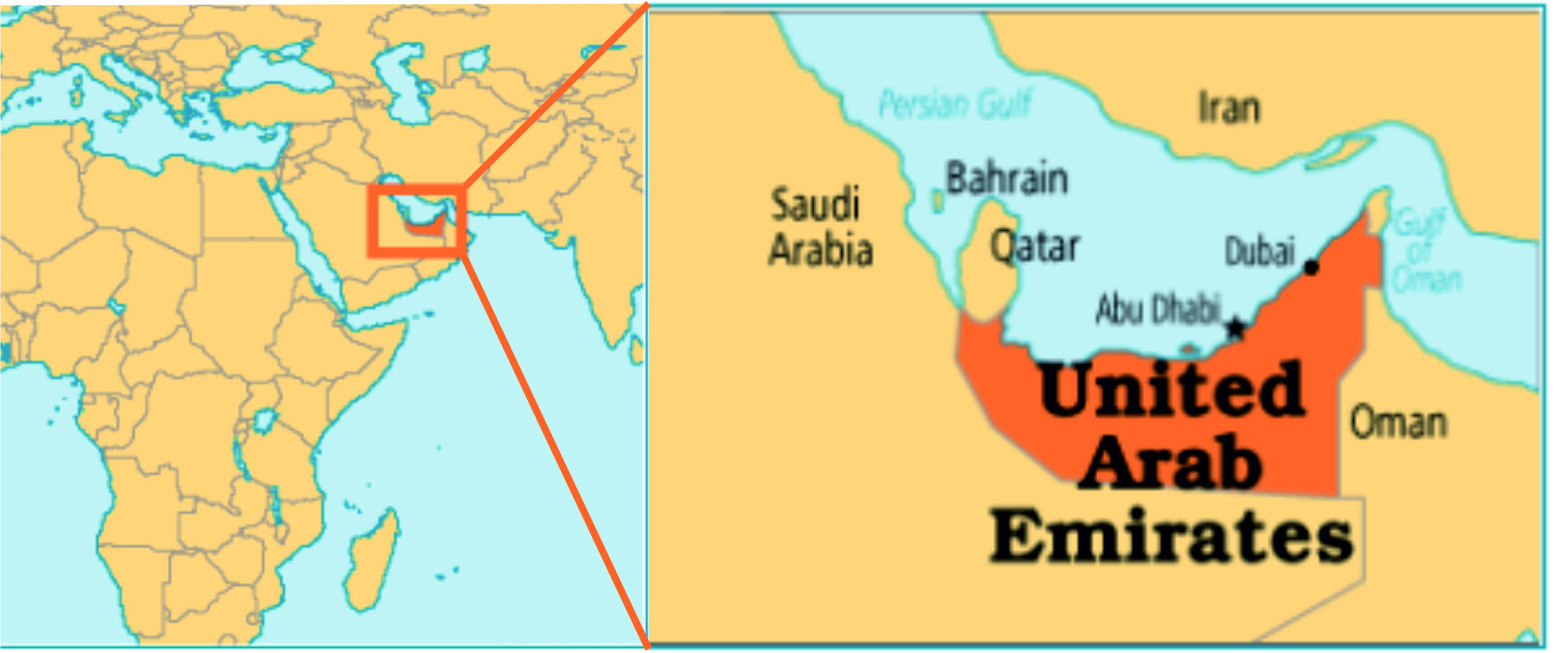Indian Economy
Bottom-up Consultative Process for PSBs
The Finance Ministry has asked Public Sector Banks (PSBs) to initiate a month-long consultation process with officers at branch level to seek suggestions on streamlining banking sector to help the country achieve its target to become a 5 trillion dollar economy by 2024-25.
- The consultative process has been divided into three stages with the first being at the branch or regional level, followed by the state level. It will culminate with a national-level two-day brainstorming in Delhi.
- The suggestions emanating from a month-long campaign beginning 17th August, 2019 will be used as inputs to prepare a road map for the future growth of the banking sector.
Agenda of the Process
- Performance review and synchronisation of banking with region-specific issues.
- Branches will be assessed on swachh credit (lending in water and sanitation sector), financial inclusion and women's empowerment, direct benefit transfer, digital economy, ATM usage and performance and corporate social responsibility, among others.
- Finding solutions to the challenges faced by banks such as huge Non Performing Assets (NPAs), reduced profits etc.
- Making banks more responsive to customers.
- Analyzing the preparedness of the banks in areas such as cybersecurity and data analytics.
- Focus on raising credit offtake for supporting economic growth, credit support to infrastructure and role of the banking sector in doubling farmers' income and water conservation.
- Supporting green economy, improving education loan and other sectors such as Micro, Small and Medium Enterprises (MSMEs) and exports.
Background
- The economy of the country has slowed to a 5-year low of 6.8%.
- The automobile sector is facing its worst crisis in two decades and reports suggest thousands of job losses in the auto and ancillary industry.
- In the real estate sector, the number of unsold homes has increased, while fast-moving consumer goods (FMCG) companies have reported a decline in volume growth in the first quarter (April - June, 2019).
- Banks, facing the charge of not passing on the full extent of the easing of the policy rates. The Reserve Bank of India (RBI) had cut the repo rate by 75 basis points between February and June, 2019, but banks have reduced their interest rates on fresh rupee loans by 29 basis points only.
- Though lending by banks to industries has shown a significant jump from 0.9% in the June 2018 quarter to 6.6% in the corresponding period of 2019, the same to the job-creating MSME sector has slipped from 0.7% to 0.6% during the same period.
- However, there has been an improvement in non-performing assets of the banks. The total bad loans of commercial banks declined by Rs 1.02 lakh crore to Rs 9.34 lakh crore in 2018-19.
Biodiversity & Environment
Preservation of Sundarban
Discovery India and World Wide Fund (WWF) India have partnered with the Government of West Bengal and local communities in the Sundarban to help save the world’s only mangrove tiger habitat.
- They are working with a vision to create climate-smart villages in the Sundarbans.
- Climate Smart Villages are sites where farmers, researchers, local government and the private sector come together to understand which climate smart agriculture practices are best suited for a particular location.
- The project will use technology to solve several of the issues faced in the region. This includes building datasets on impacts of climate change on estuarine ecosystem.
- Through this project, in partnership with the West Bengal Forest Directorate and Indian Institute of Science Education and Research(IISER) Kolkata, two Sundarbans ecological observatories will be set up, each featuring data loggers, monitoring buoys and an onsite laboratory.
- Farmland productivity: The initiative also focuses on enhancing farmland productivity through low-cost measures and adjusting crop calendars to deal with climate change.
- The initiative will also include work towards securing habitats for tigers and prey species.
- The project at Sundarbans is part of a global movement, Project CAT (Conserving Acres for Tigers), aimed at building healthy habitats for Tigers by conserving six million acres of protected land across four countries.
Project CAT (Conserving Acres for Tigers)
- Discovery Communications is working with World Wildlife Fund and others to support a worldwide effort to double the number of tigers in the wild by 2022.
- It is a mission to ensure a future for tigers and other endangered wildlife by conserving nearly a million acres of protected land on the border of India and Bhutan.
- Tigers face multiple threats from poaching, habitat loss and fragmentation, conflict with humans and overhunting of their prey species.
- As a large predator, tigers are an umbrella species. They play a key role in maintaining a healthy ecosystem.
- By protecting tigers and their habitat, the others risk animals that share this habitat, like Asian elephants, greater one-horned rhinos, clouded leopards and important prey species are also getting protected.
Umbrella Species and Keystone Species
- Umbrella Species are species that are selected for conservation-related decisions because the conservation and protection of these species indirectly affect the conservation and protection of other species within their ecosystem.
- Umbrella species help in the selection of potential reserve locations, as well as the determination of the composition of the reserve.
- These species usually have a large area requirement for which the conservation of the species extends the protection to other species sharing the same habitat.
- Umbrella species are representative of other species in their habitat since they are known species, and they also determine the area of conservation.
- For example: The protection of the Bay checkerspot butterfly automatically leads to the protection of the grassland while the conservation of the Amur tiger in the Russian Far East also means automatic conservation and protection of the deer and boar in their habitat.
- A keystone species is an organism that helps define an entire ecosystem. Without its keystone species, the ecosystem would be dramatically different or cease to exist altogether.
- Keystone species have low functional redundancy.
- This means that if the species were to disappear from the ecosystem, no other species would be able to fill its ecological niche.
- The ecosystem would be forced to radically change, allowing new and possibly invasive species to populate the habitat.
- Any organism, from plants to fungi, may be a keystone species; they are not always the largest or most abundant species in an ecosystem.
The Sundarbans Mangrove Forest
- The Sundarbans mangrove forest, one of the largest such forests in the world, lies across India and Bangladesh on the delta of the Ganges, Brahmaputra and Meghna rivers on the Bay of Bengal.
- It is adjacent to the border of India’s Sundarbans World Heritage site inscribed in 1987.
- The site is intersected by a complex network of tidal waterways, mudflats and small islands of salt-tolerant mangrove forests, and presents an excellent example of ongoing ecological processes.
- The area is known for its wide range of fauna, including 260 bird species, the Bengal tiger and other threatened species such as the estuarine crocodile and the Indian python.
- It is home to many rare and globally threatened wildlife species such as the estuarine crocodile, Royal Bengal Tiger, Water monitor lizard, Gangetic dolphin, and olive ridley turtles.
International Relations
PM’s Visit to Bhutan
During the visit of the Prime Minister of India to Bhutan, both the countries reiterated their commitment to maintain close coordination on matters affecting each other’s security and national interests.
Key Takeaways
- The two countries inked 10 Memorandum of Understanding (MoUs) in the fields of space research, aviation, IT, power and education to infuse new energy in their ties.
- Both sides emphasised the importance of “hydro-power development” as one of the most important areas of mutually beneficial bilateral cooperation.
- The two Prime Ministers formally inaugurated the recently completed 720 MW Mangdechhu Hydroelectric Plant and resolved to continue working together to expedite the completion of other ongoing projects such as Punatsangchhu-1, Punatsangchhu-2 and Kholongchhu.
- Both the leaders agreed to collaborate on the joint development of a small satellite for Bhutan.
- The two countries agreed to further expand bilateral trade and investment.
- The Prime Minister of India assured the Bhutan Prime Minister of “positive consideration” of Bhutan’s request for enhancement of the currency swap limit under the SAARC Currency Swap Framework.
- As an interim measure, he offered an additional USD 100 million of currency swap under the Standby Swap Arrangement.
- The Union Cabinet had, on March 1, 2012, approved the framework on currency swap arrangement for SAARC member-countries with the intention to provide a line of funding for short-term foreign exchange requirements or to meet balance of payments crises till longer term arrangements are made or the issue is resolved in the short-term itself.
- India has also incorporated a $400-million ‘Standby Swap’ facility within the existing approved overall $2 billion currency swap arrangement for SAARC member-countries.
- This incorporation of ‘Standby Swap’ provides the necessary flexibility to the current ‘framework on currency swap arrangement’ and enable India to provide a prompt response to the request from SAARC member- countries for availing themselves of the swap amount exceeding the present limit prescribed under the SAARC Swap Framework.
- India announced the increase in scholarships for Bhutanese students for studies at Nalanda University from 2 to 5.
- Both the leaders launched the facility for use of Indian RuPay cards in Bhutan, which would facilitate Indians’ travel to Bhutan by reducing the need to carry cash, boost the Bhutanese economy and further integrate the two economies
- They also agreed for a feasibility study on the use of India’s Bharat Interface for Money (BHIM) app in Bhutan to promote cashless payments between the two countries.
- The two Prime Ministers also inaugurated in Thimphu the Ground Earth Station of the South Asian Satellite, constructed with the support of the Indian Space Research Organisation (ISRO).
Biodiversity & Environment
BASIC Meeting on Climate Change
The BASIC countries held their 28th ministerial meeting on Climate Change from 14th to 16th August 2019 in Sao Paulo, Brazil.
- The countries expressed their concern about climate change and its adverse effects, and reaffirmed their commitment to the successful implementation of the United Nations Framework Convention on Climate Change (UNFCCC), its Kyoto Protocol and its Paris Agreement, in accordance with the principles of Equity and Common But Differentiated Responsibilities and Respective Capabilities (CBDR-RC), in the light of different national circumstances.
- The Ministers stated the importance of responsible, comprehensive, urgent and ambitious actions against climate change, including in the urban environment.
- The group noted with concern the trend of developing countries being denied their right to support in different fora, including the Green Climate Fund (GCF) and the Global Environment Facility (GEF). It stressed in this regard that climate finance should not be a vehicle for increasing the indebtedness of developing countries.
- The BASIC Ministers urged developed countries to fulfill their climate finance commitments of mobilizing USD 100 billion annually by 2020 for developing countries in a transparent manner and on a grant basis.
- The Ministerial meeting was held in the run-up to the UNFCCC Conference of Parties (COP-25) meet to be held in Chile from 2nd-3rd December, 2019.
BASIC
- The BASIC group was formed as the result of an agreement signed by the four countries (Brazil, South Africa, India and China) on 28th November, 2009.
- The signatory nations committed to acting together at the upcoming United Nations Climate Change Conference, commonly known as the Copenhagen Summit, scheduled in Copenhagen, Denmark from December 7-18 of that year.
- BASIC is one of several groups of nations working together to fight climate change and carry out negotiations within the UNFCCC.
- Other than BASIC, there are the Organisation of Petroleum Exporting Countries (OPEC), the group of countries of Central Asia, Caucasus, Albania and Moldova (CACAM), etc.
- Brazil, South Africa, India and China put together has one-third of the world’s geographical area and nearly 40% of the world’s population.
- China will host the next meeting of the BASIC Ministers. The 27th BASIC Ministerial Meeting on Climate Change was held on 19th-20th November,2018 in New Delhi, India.
Governance
Reviewing Defence Procurement Procedure
The Defence Minister has constituted a committee under the chairmanship of Director General (Acquisition) to review the Defence Procurement Procedure (DPP) 2016 and Defence Procurement Manual (DPM) 2009.
- The DPP contains policies and procedures for procurement and acquisition from the capital budget of the Defence Ministry in order to modernise the Armed Forces including the Coast Guard.
- The DPM contains principles and procedures relating to procurement of goods and services for the Defence Services, organisations and establishments.
- The Committee will revise and align the procedures with the aim of ensuring seamless flow from asset acquisition to life cycle support and strengthening the ‘Make in India’ initiative of the Government.
- The terms of reference include:
- Revising the procedures to remove procedural bottlenecks and hasten acquisition;
- Align and standardise the provisions to optimise life cycle support for equipment,
- Simplify policy and procedures to facilitate greater participation of the industry and develop robust Defence industrial base.
- Wherever applicable, examine and incorporate new concepts, such as life cycle costing, life cycle support, performance based logistics, lease contracting, codification & standardisation.
- Setting up provisions to promote Indian start-ups and Research & Development.
- Any other aspect which will contribute towards refining the acquisition process and support the ‘Make in India’ initiative.
- The Committee has been given six months to submit its recommendations.
Important Facts For Prelims
First Monument in Memory of a Glacier
Iceland honours the passing of Okjokull, its first glacier lost to climate change. A bronze plaque was unveiled in a ceremony to mark Okjokull — which translates to “Ok glacier” — in the western Iceland.
- It will be the first monument to a glacier lost to climate change anywhere in the world.
Okjokull Glacier
- Okjokull, also called OK (jokull is Icelandic name for “glacier”), was part of the Langjökull group—one of Iceland’s eight regional groupings of glaciers.
- Vatnajokull group being the largest among them.
Vatnajokull Glacier
- The Iceland’s Vatnajokull National Park was recently added to UNESCO's World Heritage List, is situated in the largest ice cap in Europe i.e Vatnajokull Glacier.
- Vatnajokull National Park is situated in the south Iceland and was officially formed in 2008 by joining together Jokulsargljufur and Skaftafell National Parks.
- It is the largest National Park in Europe and covers an area of 12,000 square kilometers.
- It is situated atop of OK volcano in the west central Iceland.
- Glaciologists stripped Okjokull of its glacier status in 2014.

- A glacier is defined as a persistent mass of compacted ice that accumulates more mass each winter than it loses through summer melt and moves constantly under its own weight. When this ceases to be the case, the remains are known as “dead ice”.
- According to the University of Iceland report (2017), the glacier measured around 16 square kilometre (6.2 square miles) in 1890, which now remains just 0.7 square kilometre.
- It was also labelled as "415 ppm CO2," which means the record level of carbon dioxide measured in the atmosphere.
- According to a study published by the International Union for Conservation of Nature (IUCN), nearly half of the world's heritage sites could lose their glaciers by 2100 if greenhouse gas emissions continue at the current rate.
Important Facts For Prelims
Odisha’s Lake Conservation
- The Odisha Wetland Authority has approved implementation of an integrated management plan for :
- Chilika, country’s largest brackish water lagoon, and
- Ansupa, state’s largest freshwater lake.
- Aim: The five-year management of lakes is intended at strengthening livelihood of thousands of fishermen relying on the two water-bodies. Besides, tourism promotion and conservation of ecology will also be taken up.
Chilika Lake
- Chilika is Asia's largest and world's second largest lagoon.
- It lies on the east coast of India in the state of Odisha, separated from the mighty Bay of Bengal by a small strip of sand.
- It spreads over Puri, Khurda and Ganjam districts of Odisha on the east coast of India, at the mouth of the Daya River, flowing into the Bay of Bengal, covering an area of over 1,100 square kilometers.
- It is the largest wintering ground for migratory birds on the Indian sub-continent and is home to a number of threatened species of plants and animals.
- In 1981, Chilika Lake was designated the first Indian wetland of international importance under the Ramsar Convention.
- Major attraction at Chilika is Irrawady dolphins which are often spotted off Satpada Island.
- The large Nalabana Island (Forest of Reeds) covering about 16 sq km in the lagoon area was declared a bird sanctuary in 1987.
- Kalijai Temple - Located on an island in the Chilika Lake.
Important Facts For Prelims
UAE Awards Highest Civilian Honour to the Prime Minister
The United Arab Emirates(UAE) has awarded ZAYED Medal, the highest civilian award to the Prime Minister of India for consolidating the long-standing friendship and joint strategic cooperation between the two nations.
- It can be noted that recently India was invited by the host UAE as the "Guest of Honour” to attend the 46th Session of the Council of Foreign Ministers of the Organisation of Islamic Cooperation (OIC) held in Abu Dhabi, United Arab Emirates (UAE).
- This was the first time that India was invited to any OIC meeting as a guest of honor.
Zayed Medal
- The Order of Zayed is awarded to the Head of Government/Head of State for their international relations with UAE.
- The order is in the name of Sheikh Zayed bin Sultan Al Nahyan, the founding father of the UAE.
- It consists of a collar cantered by a medallion bearing the name 'Zayed’.
- In the past, this award has been conferred to
- Russian President Vladimir Putin,
- Former US President George W Bush,
- Former French President Nicholas Sarkozy,
- German Chancellor Angela Merkel,
- Chinese President Xi Jinping
- UK's Queen Elizabeth II.






